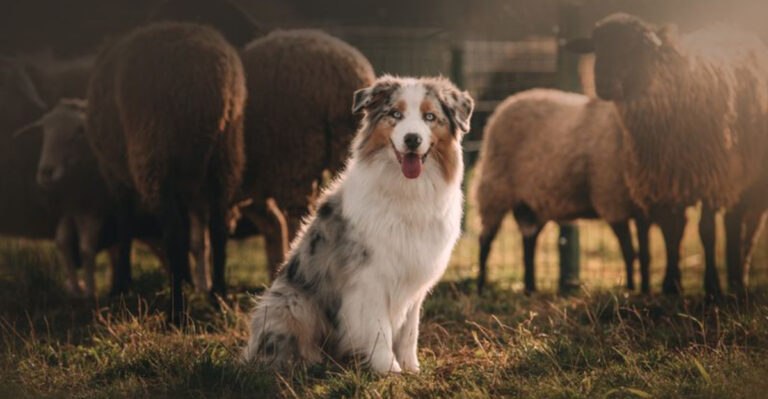19 Signs Your Dog Is Mad At You (And How To Fix It)

Understanding your dog’s emotions can be a complex, yet rewarding journey. Dogs, much like humans, express their feelings in various ways, and recognizing the signs of their displeasure can help strengthen your bond.
By learning to identify when your furry companion might be feeling a bit ruffled, you can take the necessary steps to mend the relationship and ensure a happy, tail-wagging life together.
1. Ignoring Commands
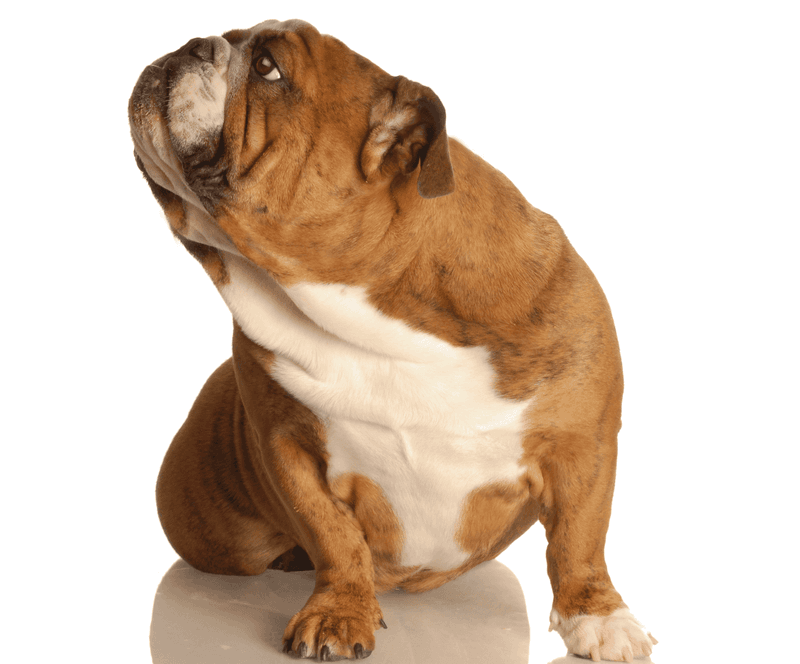
When your four-legged friend starts turning a deaf ear to your commands, it might be more than just a case of selective hearing. Dogs often ignore orders when they’re upset or trying to make a point. This behavior can be their way of saying, “I’m not happy with you right now.”
It’s essential to consider if there’s been a recent change in routine or environment that might have triggered this response. Dogs are creatures of habit, and disruptions can unsettle them.
To remedy this, try reinforcing positive behavior with treats and praise when they do listen. Spend quality time with them to reassure them of your affection. Regular training sessions can also help re-establish trust and obedience.
2. Hiding Or Avoiding You

If your canine companion suddenly starts playing hide and seek without the seeking part, they could be upset. Hiding or avoiding you is one way dogs express their displeasure, seeking solace in their own company.
This behavior might be due to a recent scolding or an unfamiliar visitor that made them uncomfortable. It’s like their way of saying, “I need some space.”
To fix this, give them the comfort they need. Ensure their favorite spot is cozy and safe, and offer gentle coaxing to invite them back into your company. Patience and understanding will go a long way in rebuilding their trust.
3. Excessive Barking
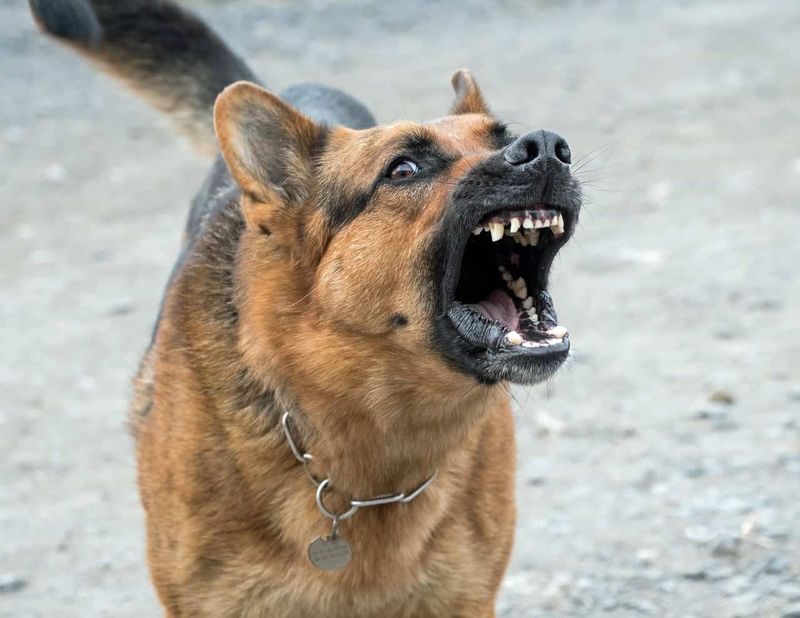
When the barking volume goes up a notch, your dog might be trying to communicate something important. Excessive barking can be a sign of frustration or displeasure.
This might occur if they’ve been left alone for too long or are feeling neglected. Barking becomes their vocal protest against whatever’s bothering them.
To address this, ensure your dog is getting enough attention and mental stimulation. Take them for regular walks, engage in interactive play, and consider training to channel their energies into positive activities. This can help reduce their need to express dissatisfaction vocally.
4. Chewing On Things
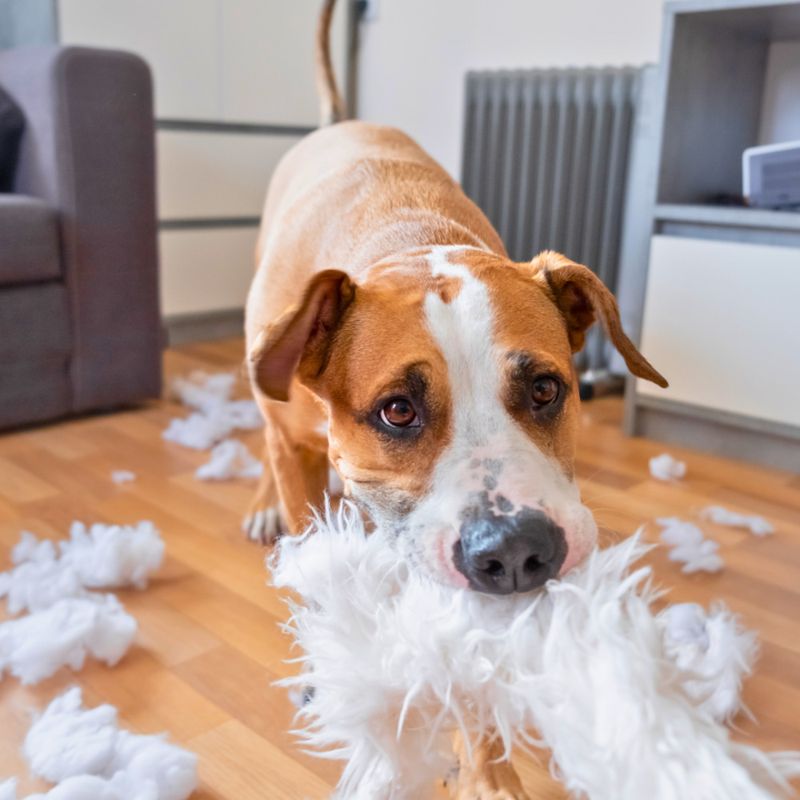
When personal belongings start doubling as chew toys, it could be a sign of canine discontent. Chewing is a common behavior dogs resort to when they’re upset or anxious.
This destructive habit might stem from boredom or separation anxiety, especially if they’ve experienced a change in routine. It’s their way of coping with stress, even if it means gnawing on your favorite sneakers.
To manage this, provide them with appropriate chew toys and ensure they get plenty of exercises. Consistent routines and engaging activities can distract them from destructive behaviors and help manage their emotions effectively.
5. Refusing Food
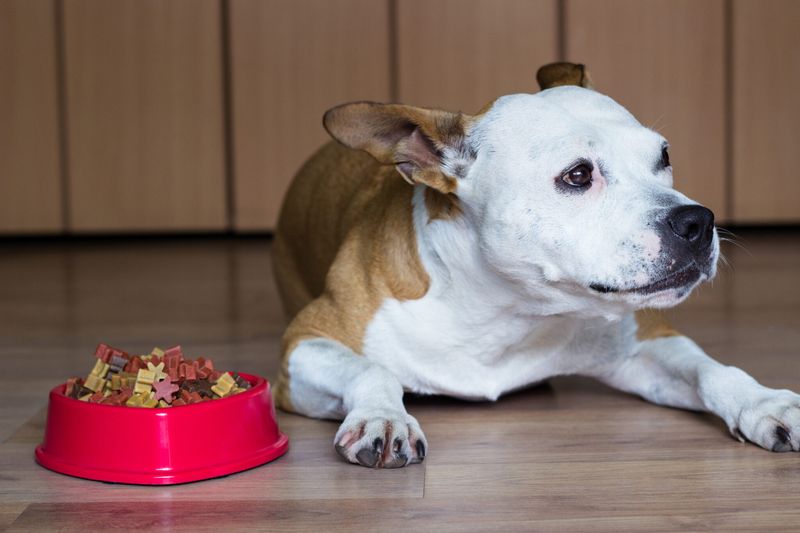
Turning their nose up at their favorite meal? This could be a surefire sign your dog is upset. Refusal to eat is often linked to emotional distress or dissatisfaction with their environment.
Changes in household dynamics, such as a new pet or baby, can affect their appetite. It’s like their version of a hunger strike to express their feelings.
To tackle this, ensure their dining area is calm, and try maintaining a consistent feeding schedule. If the behavior persists, consulting a vet might be necessary to rule out any underlying health issues.
6. Unusual Aggression
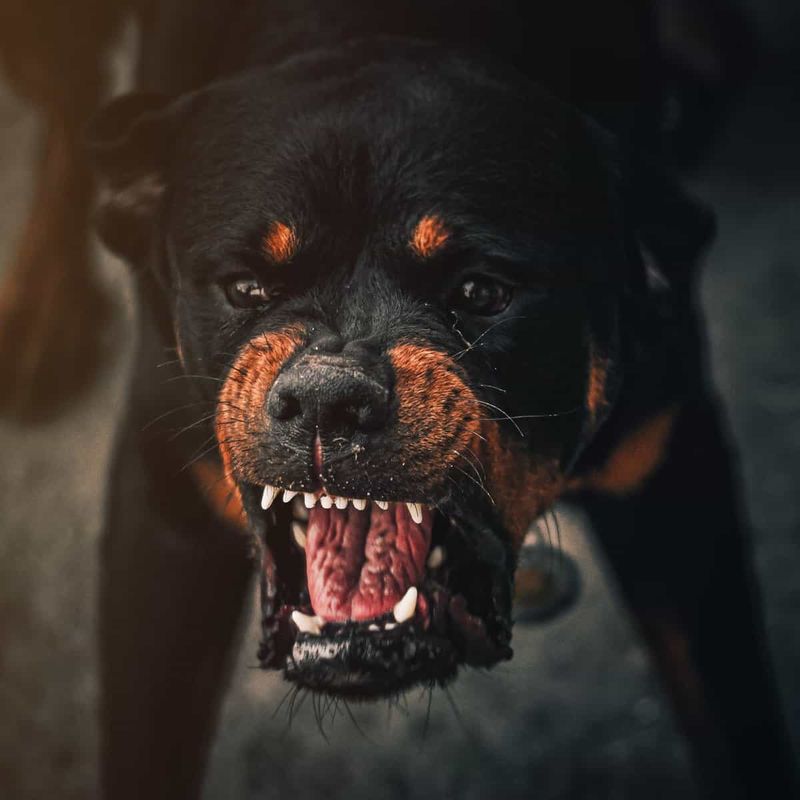
When Fluffy turns feisty, it’s a clear indication something’s amiss. Uncharacteristic aggression can be a sign your dog is mad or stressed.
This might happen if they’ve been startled or if there’s been a sudden change in their environment. It could also be a response to feeling threatened or insecure.
Addressing this requires a calm approach. Avoid confrontations and instead, try to identify the trigger. Ensuring they feel safe and secure, and providing positive reinforcement can help alleviate their aggressive tendencies.
7. Excessive Licking

When your dog begins to lick themselves more than usual, it may be more than just grooming. Excessive licking can indicate anxiety or displeasure, much like a human biting their nails.
This behavior often surfaces when a dog feels stressed or neglected. Their licking becomes a repetitive action to soothe themselves.
To help them, ensure they have a stable routine and spend quality time engaging in activities they enjoy. If the licking continues, consulting a vet may be necessary to rule out any medical issues.
8. Digging Holes
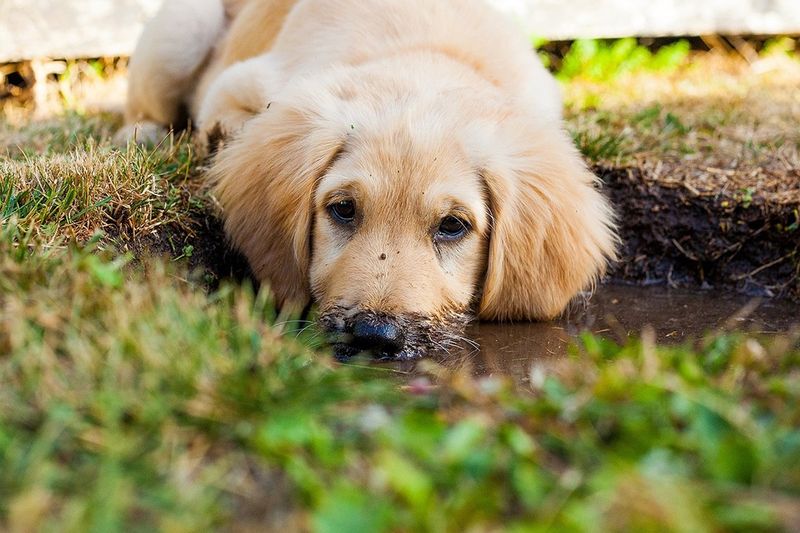
Is your garden starting to resemble a lunar landscape? Dogs often dig when they’re frustrated or seeking attention. This instinctive behavior can signal pent-up energy or anxiety.
Changes in their routine or environment might trigger this as a coping mechanism. It’s like their DIY project to channel emotions.
To curb this, provide ample exercise and interactive playtime. Offering a designated digging area or sandbox can also satisfy their instinct in a controlled manner, protecting your prized petunias.
9. Excessive Sleeping
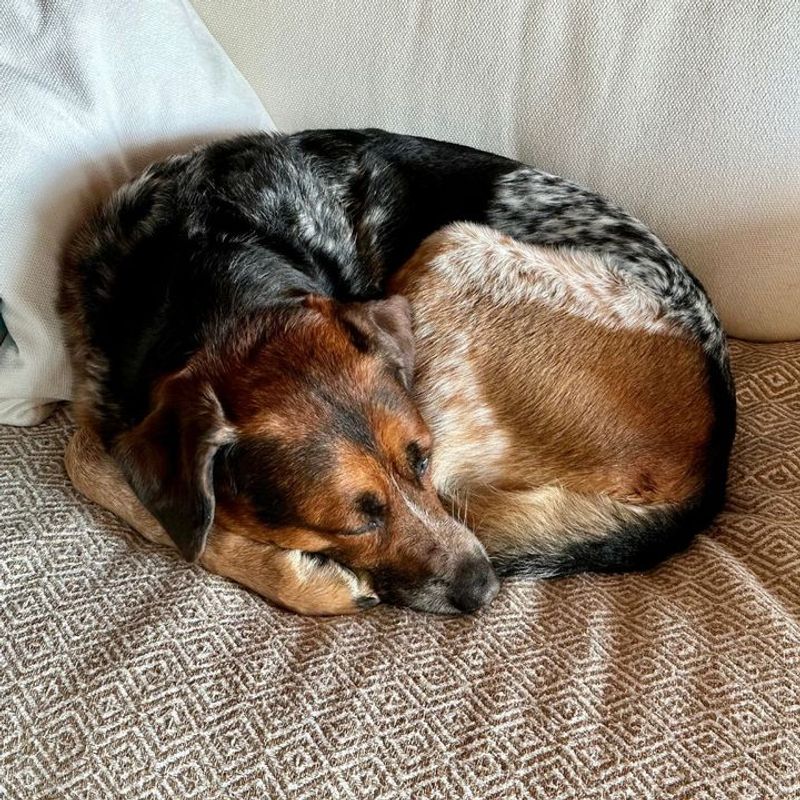
While a snoozing pup might seem serene, excessive sleeping could hint at underlying issues. Dogs may sleep more when they’re feeling down or avoiding something unpleasant.
This behavior may be linked to emotional distress or recent changes in their environment. It’s their escape from reality, a way to disengage from the world.
Ensure your dog gets enough exercise and mental stimulation. Engaging them in playful activities and maintaining a consistent daily routine can uplift their spirits and reduce their napping hours.
10. Tail Tucked Between Legs
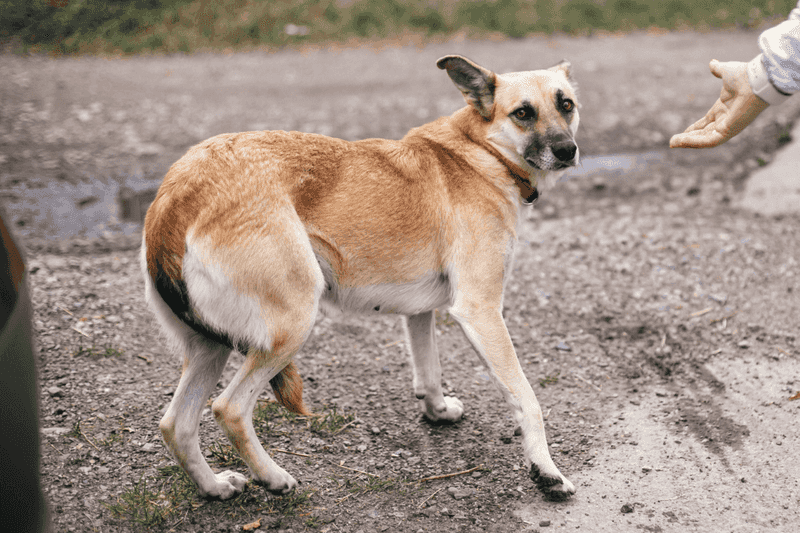
When your dog’s tail is tucked between their legs, it’s a classic sign of fear or submission. This body language can indicate they’re upset or feeling intimidated.
This reaction might be due to a recent confrontation or a stressful environment. It’s their non-verbal way of expressing unease.
To help them, provide reassurance and create a safe, calming space. Gradual exposure to new experiences with positive reinforcement can build their confidence and reduce this behavior.
11. Yawning Excessively

While yawning is typically a sign of tiredness, excessive yawning in dogs can be a stress indicator. It’s their way of coping with anxiety or discomfort.
This behavior might arise during situations that are overwhelming for them, like crowded places or loud events. It’s their subtle SOS for help.
To address this, try to remove or reduce the stressors. Providing a quiet, comfortable space for them to retreat to can help, along with gentle reassurance and affectionate interaction.
12. Rolling Eyes

When your dog starts giving you the side-eye more dramatically than an Oscar nominee, they might be upset. Rolling their eyes can be a sign of annoyance or discomfort.
This behavior might happen if they’re feeling ignored or if something’s not to their liking. It’s their way of showing disdain without barking up a storm.
To remedy this, pay attention to their needs and try to engage them in fun activities. Regular playtime and reassurance of your presence can help turn those eye-rolls into tail wags.
13. Panting Heavily
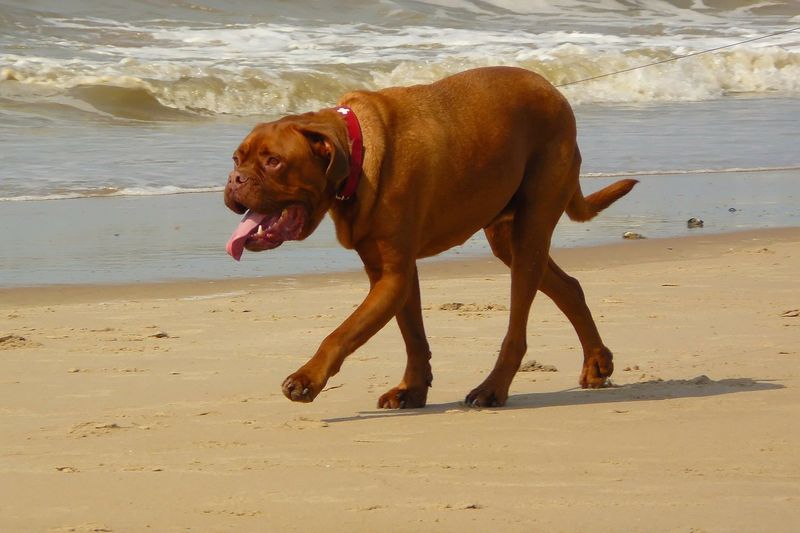
Panting isn’t always a post-exercise occurrence. If your dog is panting heavily without exertion, it might be due to stress or discomfort.
This can occur in situations where they feel anxious or overwhelmed. It’s their way of trying to cool down both physically and emotionally.
To alleviate this, ensure they have access to a cool, shaded area and fresh water. Engaging them in relaxing activities or simply sitting with them can help bring down their stress levels and restore normal breathing.
14. Whining Or Whimpering

Does your dog sound like they’re auditioning for a canine opera? Whining or whimpering can be a vocal sign of distress or irritation.
This behavior might surface when they’re feeling ignored or if they want attention. It’s their way of communicating discomfort or a need for companionship.
To address this, ensure they get plenty of positive interactions throughout the day. Regular playtime and affection can alleviate their concerns, making them feel heard and cared for.
15. Scratching Excessively
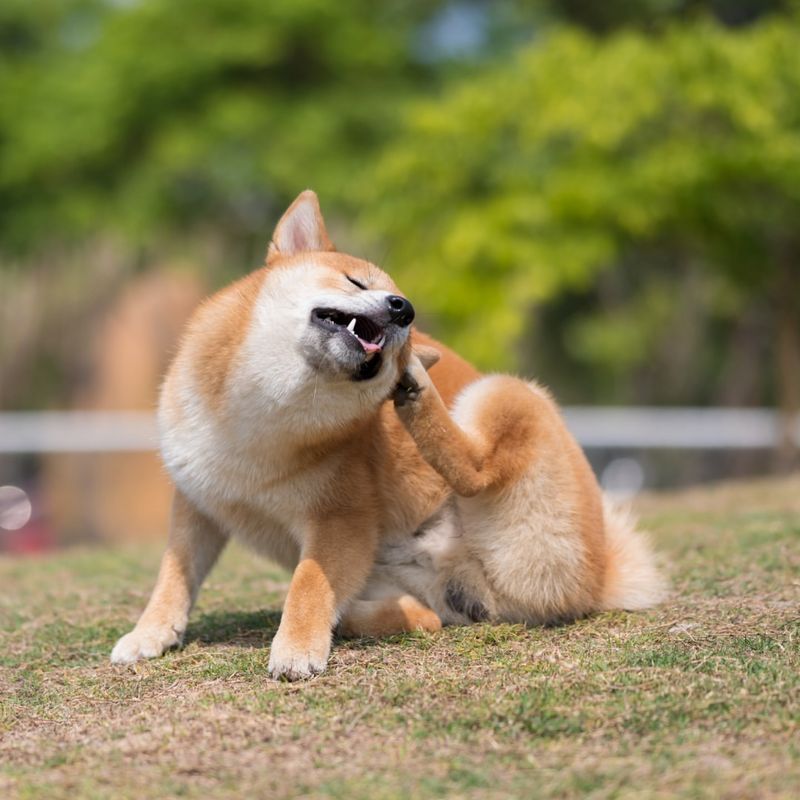
When your dog turns into a one-pup percussion band, scratching all day, it may be more than just an itch. Excessive scratching can be a sign of anxiety or irritation.
This behavior might arise from stress or feeling neglected. It’s their way of trying to soothe themselves or gain attention.
To help them, ensure they have a balanced routine with regular grooming and affection. Consulting a vet may be necessary if the behavior persists, to rule out any underlying health issues.
16. Loss Of Interest In Play

When your dog seems to have lost their play mojo, it might be a clue they’re feeling blue. A sudden disinterest in play can indicate they’re upset or not feeling well.
This might occur due to emotional distress or a change in their living situation. It’s their way of signaling that something’s not right.
To rekindle their joy, engage in activities they used to love and introduce new games to spark their interest. Consistent companionship and stimulation can reignite their playful spirit.
17. Guarding Behavior

If your dog starts guarding their toys like a dragon with its treasure, they might be feeling insecure or upset. Guarding behavior can indicate stress or possessiveness.
This might occur if there’s been a change in the household, such as a new pet or a shift in dynamics. It’s their way of asserting control over their environment.
To manage this, ensure equal attention to all pets and avoid confrontations. Providing a structured routine and showing consistent affection can help alleviate their need to guard and foster a sense of security.
18. Howling

If your backyard concerts have turned into howl fests, your dog might be trying to tell you something. Howling can be a sign of loneliness or distress.
This might happen if they’re left alone for extended periods or if they miss the pack (that’s you and your family!). It’s their canine way of singing the blues.
To soothe their soulful serenades, ensure they have ample companionship and activities to keep them engaged. Regular social interactions and playtime can reduce their howling tendencies and improve their overall happiness.
19. Refusing To Go On Walks
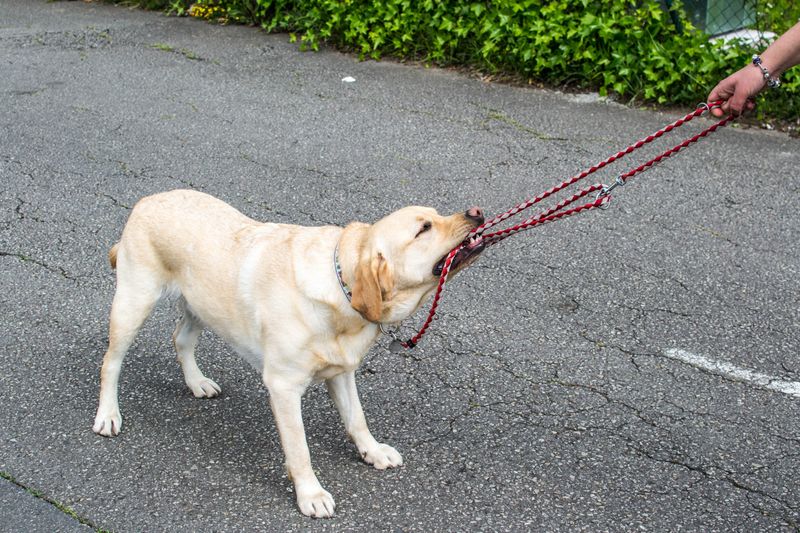
When your dog suddenly loses interest in their favorite outdoor activity, it might be a sign they’re upset or feeling unwell. Refusal to go on walks can indicate anxiety or discomfort.
This behavior might be linked to a negative experience or an unfamiliar environment. It’s their way of expressing reluctance or fear.
To encourage them, try to identify any potential stressors and remove them. Gradual exposure to pleasant outdoor experiences can help rebuild their confidence and reignite their love for walks.




